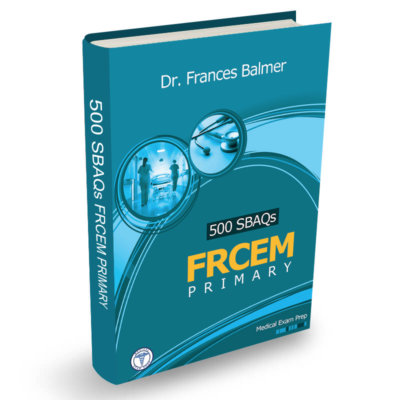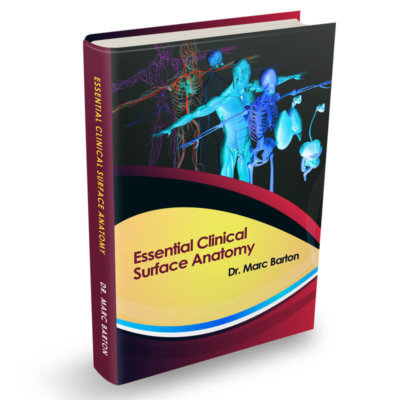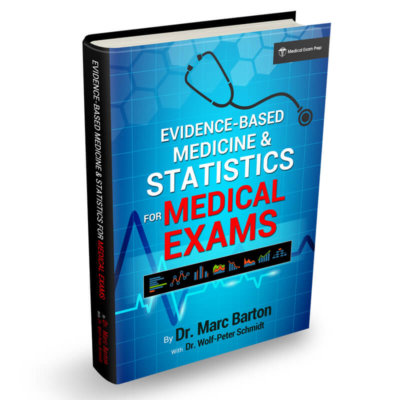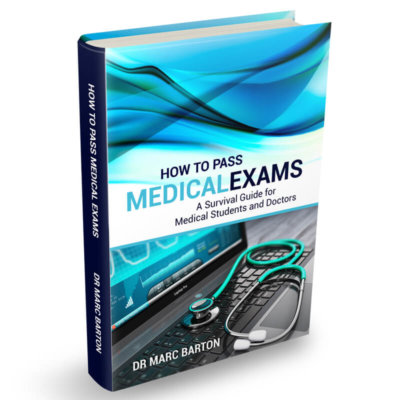Anticholinergic poisoning is a potentially life-threatening toxidrome that occurs following exposure to substances that block acetylcholine at muscarinic and, to a lesser extent, nicotinic receptors. It can result in profound central and peripheral effects, ranging from delirium to life-threatening hyperthermia, arrhythmias, or seizures.
Common Sources of Anticholinergic Toxicity
Numerous prescription and over-the-counter drugs, as well as some plants and chemicals, can cause anticholinergic poisoning.
Medications:
- Antihistamines: diphenhydramine, promethazine, chlorpheniramine
- Tricyclic antidepressants: e.g. amitriptyline
- Antipsychotics: olanzapine, quetiapine, chlorpromazine, haloperidol
- Antiemetics: hyoscine hydrobromide
- Antispasmodics: oxybutynin, hyoscine butylbromide
- Antiparkinsonian agents: benztropine
- Anticonvulsants: carbamazepine
- Antimuscarinics: atropine, glycopyrrolate
Toxic Plants:
- Atropa belladonna (Deadly nightshade)
- Datura stramonium (Jimsonweed)
- Mandragora officinarum (Mandrake)
Other Sources:
- Pesticides
- Recreational drugs: e.g. PCP, ketamine (with mixed properties)
- Chemical warfare agents: Some nerve agents may show overlapping features but are primarily cholinergic in mechanism
Clinical Features: The Anticholinergic Toxidrome
Central Effects (due to CNS muscarinic blockade):
- Delirium, confusion, agitation
- Hallucinations (often visual), incoherent speech
- Myoclonus, tremor, seizures (in severe cases)
- Coma (rare)
Peripheral Effects:
- Mydriasis (dilated pupils)
- Tachycardia
- Dry mouth and skin
- Flushed skin
- Hyperthermia
- Urinary retention
- Ileus
Mnemonic Reminder:
“Red as a beet, dry as a bone, blind as a bat, mad as a hatter, hot as a hare.”
Diagnosis
Anticholinergic poisoning is a clinical diagnosis, supported by the pattern of features above. Investigations may include:
- ECG: especially in TCA overdose (QRS widening, arrhythmias)
- Urine toxicology: limited utility, often non-specific
- CT brain: only if neurological deterioration unexplained
Management
Initial Approach:
- Use the ABCDE framework
- Ensure a calm, quiet environment to reduce agitation
- Involve a toxicologist or poisons service early
Supportive Care:
- Benzodiazepines: First-line for agitation and delirium (e.g. IV diazepam)
- IV fluids: To address dehydration and support renal clearance
- Urinary catheterisation: Often needed for urinary retention
Physostigmine – The Antidote
A reversible acetylcholinesterase inhibitor that increases synaptic acetylcholine and can reverse central and peripheral symptoms.
Indications:
- Severe agitation or delirium unresponsive to benzodiazepines
- Confirmed or strongly suspected pure anticholinergic overdose (e.g. diphenhydramine, atropine)
Contraindications:
- Bradycardia
- AV block or QRS prolongation
- Asthma or bronchospasm
- Seizure risk (e.g. tricyclic antidepressant overdose)
Dose:
- 0.5–1 mg IV over 5 minutes, repeat every 10–15 mins as needed (max 4 mg)
- Continuous monitoring is essential
- Reversal may be dramatic, but effects wear off in 1–4 hours
Adverse Effects:
- Cholinergic excess: bradycardia, bronchorrhoea, seizures
- SLUDGE symptoms: salivation, lacrimation, urination, diarrhoea, GI upset, emesis
- Rare: paradoxical worsening of agitation if used inappropriately
Key Points Most cases resolve with supportive care and sedation
- Use physostigmine cautiously and only when clearly indicated
- Avoid in mixed overdoses or where TCA involvement is suspected
- Monitor ECG and vital signs closely throughout
Summary
Anticholinergic toxicity presents with a predictable clinical toxidrome of central agitation and peripheral dryness, dilation, and hyperthermia. Prompt recognition, supportive care, and careful consideration of physostigmine can dramatically alter outcomes in severe cases. Consultation with a toxicologist is strongly advised in all but the mildest presentations.
Header image used on licence from Shutterstock
Thank you to the joint editorial team of MRCEM Exam Prep for this article.







Relished it ! Thank you.